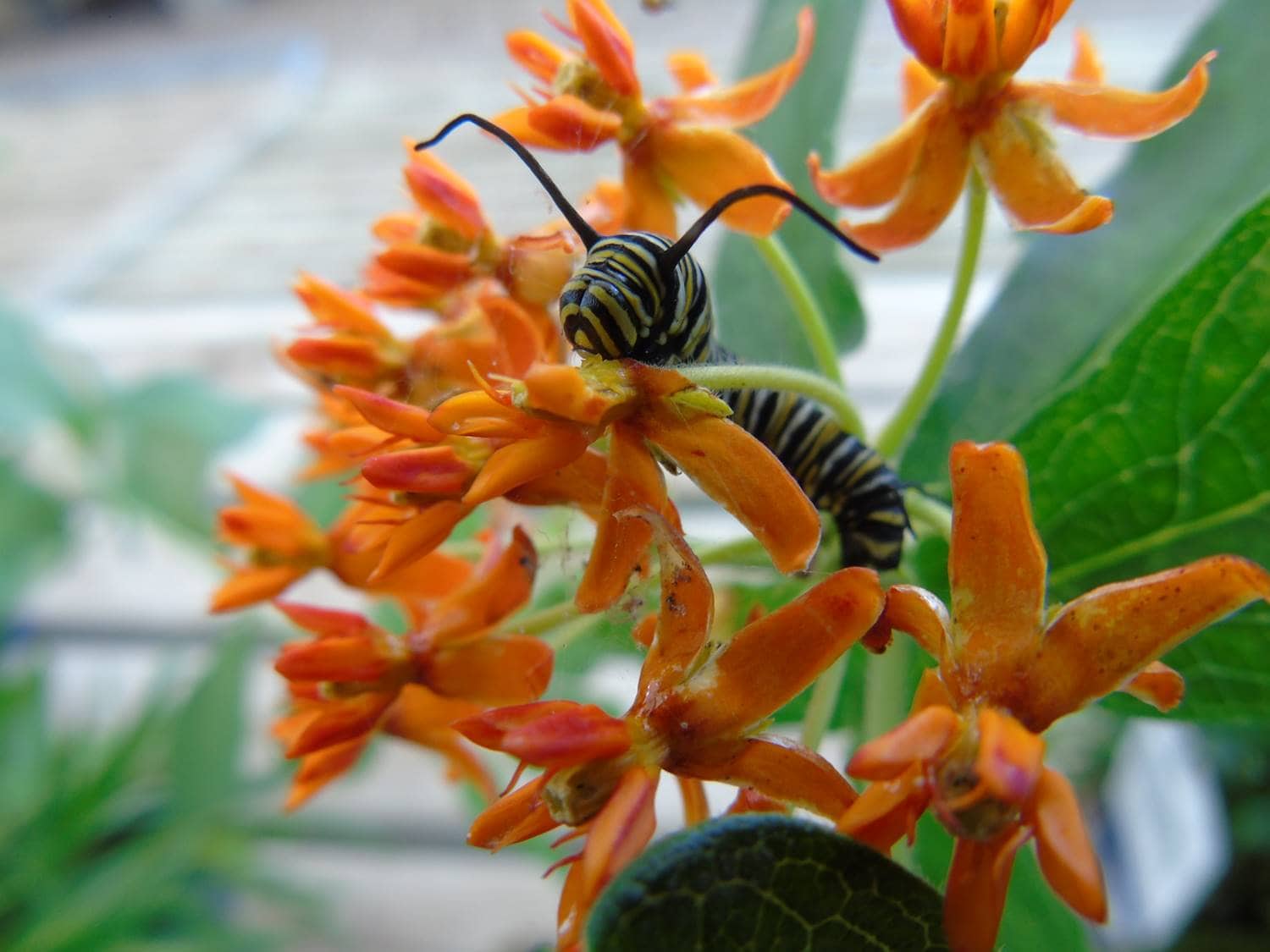I would like to take this opportunity to wish you all a very Happy New Year and all the best of things to come in 2024.
Looking forward to the coming year, I thought that I would take a look at four gardening trends for this year.
The trends below are not new ideas for most gardeners, but they are practices that have been “growing” in interest (pun intended).
In next week’s article, I will be sharing five more trends that are newer ideas in the field of horticulture that you may not be as familiar with.
Using pollinator-friendly plants
This is definitely not a new trend by any means, but gardeners are becoming more and more aware of the importance of planting with pollinating insects in mind.
Many of the world’s pollinator insects are in decline. This includes bees, wasps, moths, butterflies, flies, beetles, and many other insects.
Their decline is due to several factors such as loss of habitat, use of pesticides and chemical-based fertilizers and climate changes such as warming temperatures.
It is estimated that 75 percent of the crops that we rely on depend on pollinators to some extent. A sobering thought indeed.
There are so many plants, not just annuals and perennials, but also shrubs and shade trees, that will attract these important pollinators to your garden.
Along with plants that attract pollinators, it is essential to include plants that will sustain the insects, meaning plants that the insect depends on to complete its lifecycle such as butterfly weed (Asclepias tuberosa) and its association with monarch butterflies.
Many of the plants that are pollinators are native species, which leads us to our next trend – planting native plants.
Using native species
Again, not a new trend in the world of gardening, but it is one being embraced by more and more gardeners.
As I stated above, planting native plant species is one of the best ways to rejuvenate our pollinators.
Native plants have several other strengths and benefits, including:
- More drought resistance due to their deeper and more aggressive root systems;
- Lower maintenance requirements – less fertilizer, less pruning or deadheading;
- Providing shelter and food for wildlife;
- Promoting biodiversity and stewardship of our natural heritage;
- Adapting better to poor soil conditions, and;
- Providing beauty through flowers, fruit, seeds, and foliage.
Sustainable gardening practices
Sustainable gardening practices are one that put the environment first and foremost.
You will find that all the trends in this article are linked together: focusing on what is best for the environment overall.
You might be thinking that all gardeners are focused on the environment, but this is not always the case.
One example of sustainable gardening is switching gas-powered tools, such as a lawn mower, to battery-run tools that reduce carbon emissions.
You may be surprised to know that a gas-powered leaf blower or lawnmower produces a lot more pollution than a pick-up truck.
Another sustainable gardening practice is reducing the use of pesticides, herbicides, fungicides and chemical-based fertilizers in your garden.
Planting more drought-tolerant plants to conserve water use is another great practice when thinking about the well-being of the environment.
These are just a few simple things that you can do in your garden to reduce your carbon footprint.
Use of rain gardens
First of all, I feel it necessary to say that rainwater is a resource, not a waste product.
We spend so much time, attention, and cost trying to figure out the best way to get rid of rainwater off our properties as quickly as possible.
Does this seem strange to anyone else? Why are we wanting to get water down the sewers as fast as possible?
Why are we not trying to capture this water and use it for our gardens instead of paying for it during the hot summer months?
Rain gardens have been growing in popularity and the concept is being highly promoted by some municipalities.
A rain garden is a shallow, saucer-shaped garden featuring native perennial plants and grasses.
It is designed to absorb stormwater run-off from impervious surfaces such as rooftops, driveways and sidewalks.
Rain gardens slow down the rush of water from these hard surfaces, allowing it to naturally soak into the ground.
For every inch of rain that falls on a surface area of 1,000 square feet, approximately 600 gallons of rainwater is generated.
Homeowners can help reduce the amount of run-off water flowing from their property by planting a rain garden.
The garden should be positioned near a runoff source like a downspout, driveway or sump pump to capture rainwater runoff and stop the water from reaching the sewer system.
In next week’s article, I will have a few more of the trends for 2024.
Joanne Young is a Niagara-on-the-Lake garden expert and coach. See her website at joanneyoung.ca











